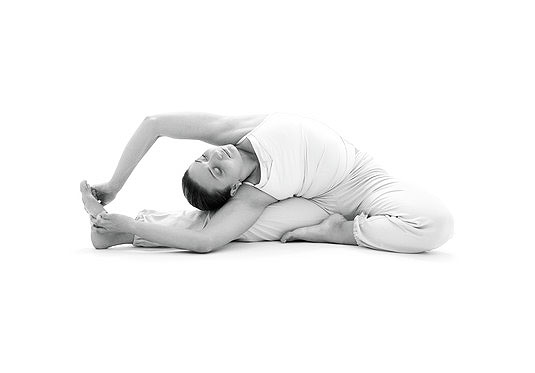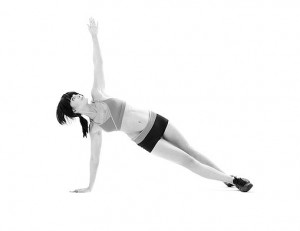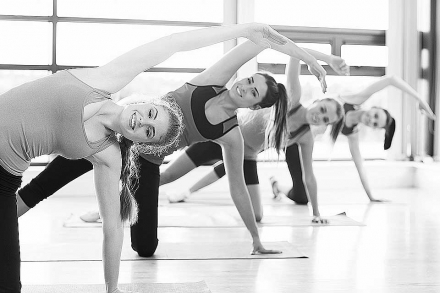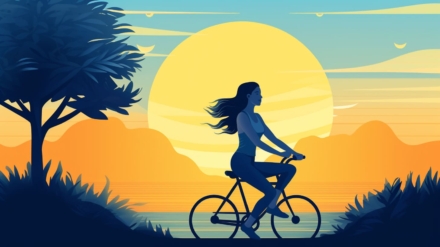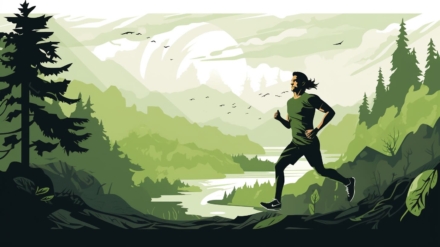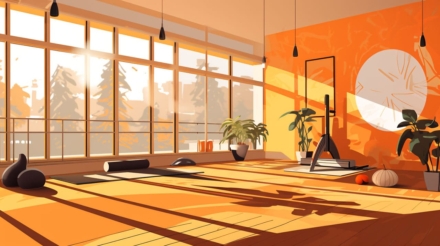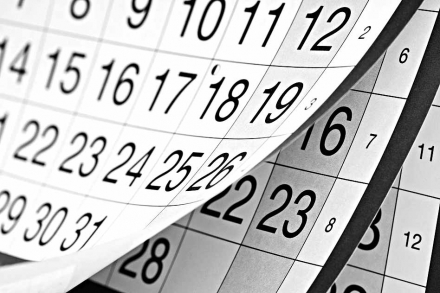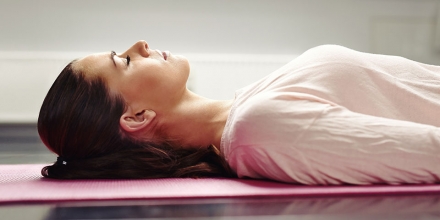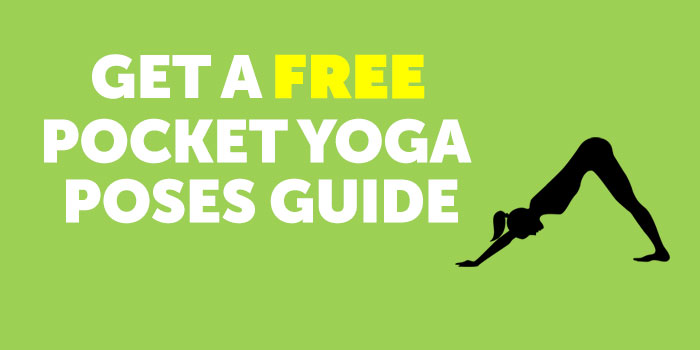Ashtanga Yoga is a form of yoga that stems from the idea of cleansing the body from all impurities. The main teacher credited with the introduction and teaching of Ashtanga Yoga is Sri K. Pattabhi Jois from India and only a few other teachers in the US have been certified to teach this Yoga variation.
Ashtanga Yoga poses or asanas differ depending on the experience level of the practitioner. It is highly recommended that one practice Ashtanga Yoga only under the direction of a certified teacher.
Beginner tips
Before you get into the various asanas of Ashtanga Yoga, there are some essential tips you should know.
- Practice and patience are very important. Before you even beginning practicing the poses, first [easyazon_link asin=”1611800056″ locale=”US” new_window=”default” nofollow=”default” tag=”yogasimple-20″ add_to_cart=”default” cloaking=”default” localization=”default” popups=”default”]read up on it[/easyazon_link]. Then start out slowly, maybe 2 or 3 times a week. Do not push yourself to love it. With time, you will become more dependent on it and naturally practice it more often.
- Master your breathing. The breathing should be relaxed and deep as it allows deeper thinking. For the complete breathing sequence known as ujjayi breath consult your teacher.
- Read up as much as possible on Ashtanga Yoga. Once you have the knowledge, the practice becomes easier. The internet is full of materials on Ashtanga Yoga. You can also find books and DVDs in your local store or library.
The Sun Salutation (Beginner Pose)
This basic posture is almost similar to the one in vinyasa yoga. This one is however held for a longer period of time. You start with the samasthitih position where you stand upright on a mat. The next position is called urdhva vrikshasana. It involves lifting your arms high above your head and bringing the palms together. It is also known as the upward tree position.
Next, bend downwards so that your torso comes to rest against your thighs. Your hands should touch the mat and press into it. This is the uttanasana a or stretched posture. Without shifting your feet and hands from where they are on the mat, straighten your arms completely. Now, lift your head and look upwards at the ceiling. Your body makes a triangle shape in what is referred to as the uttanasana b position.
From the uttanasana b posture, slowly lower yourself onto the mat into a push-up posture where only your hands and toes are in contact with the mat. In Ashtanga Yoga, this is called the four-limbed stick position or chaturanga dandasana. Next, lift up your torso by straightening your arms. As you lift up your torso, it should also curve backwards. Only your upper body should have moved from its initial position. This is known as the upward-facing dog or urdhva mukha shvanasana.
Lower your torso and let your bottom rise upwards making an inverted V-shape with your body. This is the downward-facing dog position or adho mukha shvanasan. Make sure that your head looks downwards at the floor and your legs and arms are straight.
Move your legs closer to the torso and place your hands beside your feet while your head is still in a lowered position. This takes you back to the earlier uttanasana a position. To take your body back to the beginning posture, simply stand up straight and raise your hands above your head. The palms should be together above you head. This completes the full cycle.
How to find balance
All the described positions above require a great deal of physical balance without which it is impossible to perform them. Also, before you can move to more advanced and complex poses, it is crucial to learn how to balance your body.
Balance starts from the mind. With inner balance, the physical manifestation of it comes naturally. To achieve the perfect balance, practice frequently. With time, you will be able to harmonize your mind and body thus achieving perfect coordination.
You also have to have the proper shoes and clothing. Tight wear can lower circulation and affect your balance and poses. What you wear should be very comfortable but still allow you to fully engage in your positions. Finally, get rid of any anxiety and stress before you start off your poses. When the body is tensed up, it is difficult to attain any balance. You can begin with a one legged posture to work off the tension and stress before moving into other asanas.
1



